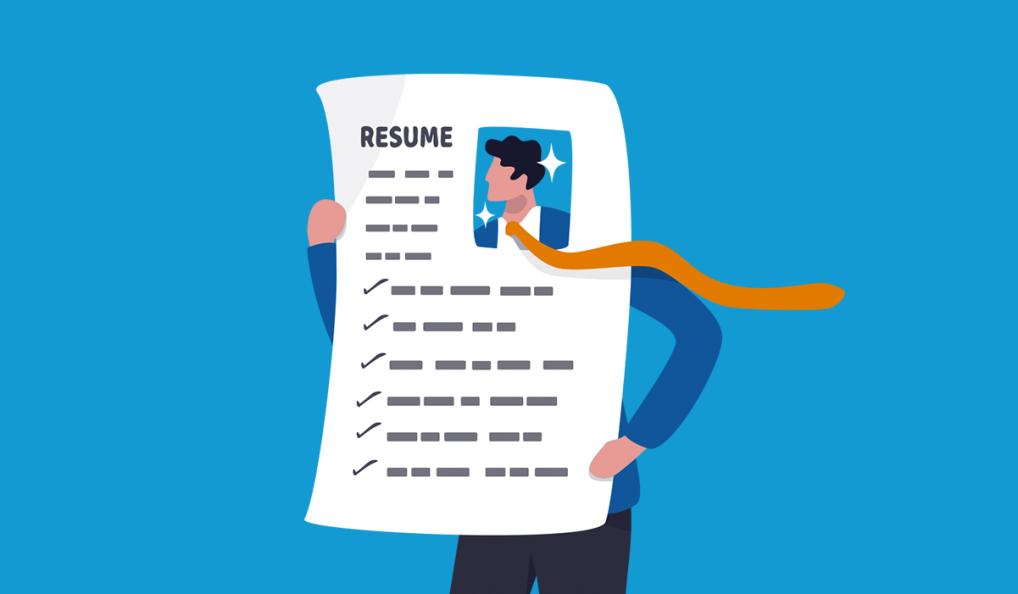What Are the Best Ways to Proofread and Edit My Resume Before Submitting It?
In today's competitive job market, a well-proofread and edited resume is essential for securing job opportunities. A resume riddled with errors can create a negative impression on potential employers and diminish your chances of landing an interview. To ensure your resume makes a positive impact, it's crucial to proofread and edit it thoroughly before submitting it.

Common Mistakes To Avoid
Before delving into the best proofreading and editing practices, let's first address some common mistakes that candidates often make:
- Typos and Grammatical Errors: Simple typos and grammatical errors can undermine the professionalism of your resume. Ensure you carefully proofread for any mistakes in spelling, punctuation, and grammar.
- Inconsistent Information: Inconsistency in personal information, such as name, contact details, and educational qualifications, can raise red flags for employers. Double-check to ensure all information is accurate and consistent throughout the resume.
- Outdated or Irrelevant Content: Including outdated or irrelevant information can clutter your resume and distract hiring managers from your relevant skills and experiences. Tailor your resume to the specific job you are applying for and remove any unnecessary details.
- Poor Formatting and Layout: A poorly formatted resume can make it difficult for hiring managers to navigate and identify key information. Use a professional font, maintain consistent formatting, and organize your resume in a clear and concise manner.
Best Practices For Proofreading And Editing
Now that we've covered common mistakes to avoid, let's explore the best practices for proofreading and editing your resume:
1. Proofread For Accuracy
- Check for Typos and Grammatical Errors: Carefully proofread your resume for any typos, grammatical errors, and spelling mistakes. Use spell-checking software as a starting point, but don't rely solely on it. Proofread manually to catch any errors that the software may miss.
- Verify Personal Information: Ensure that all personal information, including your name, contact details, and educational qualifications, is accurate and consistent. Double-check dates, figures, and facts to ensure they are correct and up-to-date.
2. Review The Formatting And Layout
- Use a Professional Font: Choose a professional and easy-to-read font that is appropriate for a resume. Avoid using fancy or decorative fonts that may be difficult to read.
- Maintain Consistent Formatting: Ensure that the formatting is consistent throughout the resume, including font size, style, and section headings. Use bold or italics sparingly to highlight important information.
- Organize Clearly: Structure your resume in a clear and concise manner. Use section headings to organize different sections of your resume, such as work experience, education, and skills.
3. Evaluate The Content
- Highlight Relevant Skills and Experiences: Review your resume to ensure that it highlights your relevant skills, experiences, and achievements. Tailor your resume to the specific job you are applying for by emphasizing the skills and experiences that are most relevant to the position.
- Remove Irrelevant Information: Eliminate any irrelevant or outdated information that may clutter your resume and distract hiring managers from your key selling points.
4. Seek Feedback
- Ask for Feedback: Ask a friend, family member, or career counselor to review your resume and provide feedback. They may be able to identify errors or suggest improvements that you may have missed.
- Consider Professional Editing: If you want a more thorough review, consider using a professional resume editing service. Professional editors can provide valuable insights and help you create a polished and error-free resume.
5. Proofread For Clarity And Conciseness
- Use Clear and Concise Language: Use clear and concise language to convey your skills and experiences. Avoid jargon and technical terms that may not be familiar to the hiring manager.
- Keep Sentences and Paragraphs Brief: Keep sentences and paragraphs brief and to the point. Avoid long, rambling sentences that may be difficult to read.
6. Review For Consistency
- Ensure Consistency: Ensure that the information provided in the resume is consistent with your LinkedIn profile and other online presence. Check for any discrepancies in dates, job titles, or responsibilities.
7. Test The Formatting
- Save in Different Formats: Save the resume in different formats, such as PDF and Word, to ensure it displays correctly on various devices and platforms.
- Check Appearance: Check the resume's appearance in different web browsers and email clients to ensure it displays properly.
By following these best practices, you can create a well-proofread and edited resume that will make a positive impression on potential employers and increase your chances of securing job interviews.

YesNo

Leave a Reply